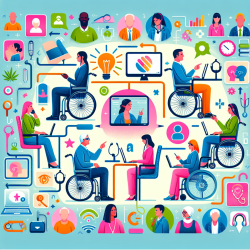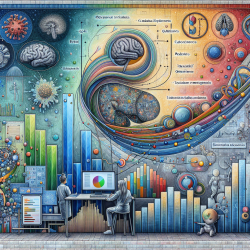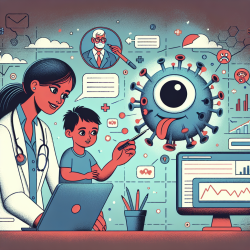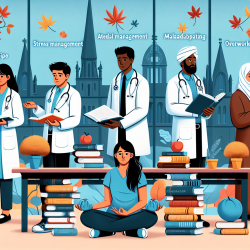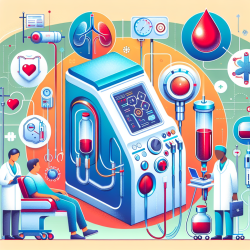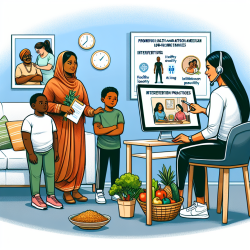Understanding Legibility in Medical Education
In the realm of medical education, the concept of disability inclusion is evolving. A recent study, "Legibility: Knowing Disability in Medical Education Inclusion," delves into how disability is perceived and acted upon in medical schools. The research highlights the importance of making disability experiences "legible" or recognizable, not only to the individuals themselves but also to their educational institutions.
The Concept of Legibility
Legibility, as developed in the study, involves two main dimensions: recognition and assessment of possibility. Recognition refers to how disability is identified and understood by individuals and institutions. Assessment of possibility involves evaluating the barriers a student might face and determining whether these can be mitigated.
Implications for Practitioners
For practitioners, understanding and implementing the concept of legibility can lead to more inclusive educational environments. By recognizing the diverse experiences of disability, educators and administrators can better support students in medical education. This requires moving beyond traditional models that view disability as an individual inability and instead adopting a more relational and contextual understanding.
Encouraging Further Research
The study suggests that legibility is not static; it can be influenced by interactions between students and school officials. This dynamic nature opens up opportunities for further research into how educational practices can be adapted to enhance legibility and inclusion. Practitioners are encouraged to explore these areas to improve outcomes for disabled students.
Conclusion
By adopting a framework of legibility, medical education can become more inclusive and equitable. Practitioners play a crucial role in this transformation by recognizing and addressing the unique needs of disabled students. To delve deeper into the findings of this research, you can read the original paper, Legibility: Knowing Disability in Medical Education Inclusion.
